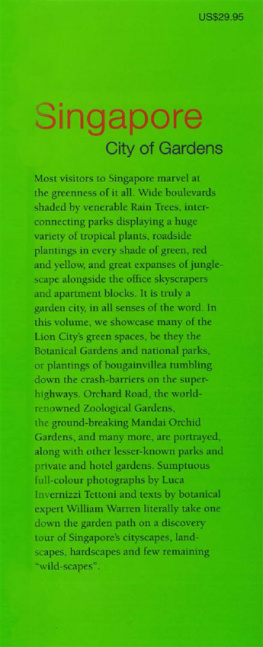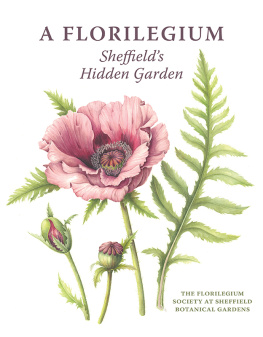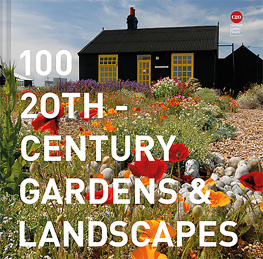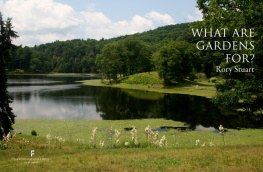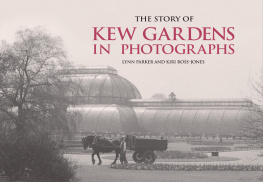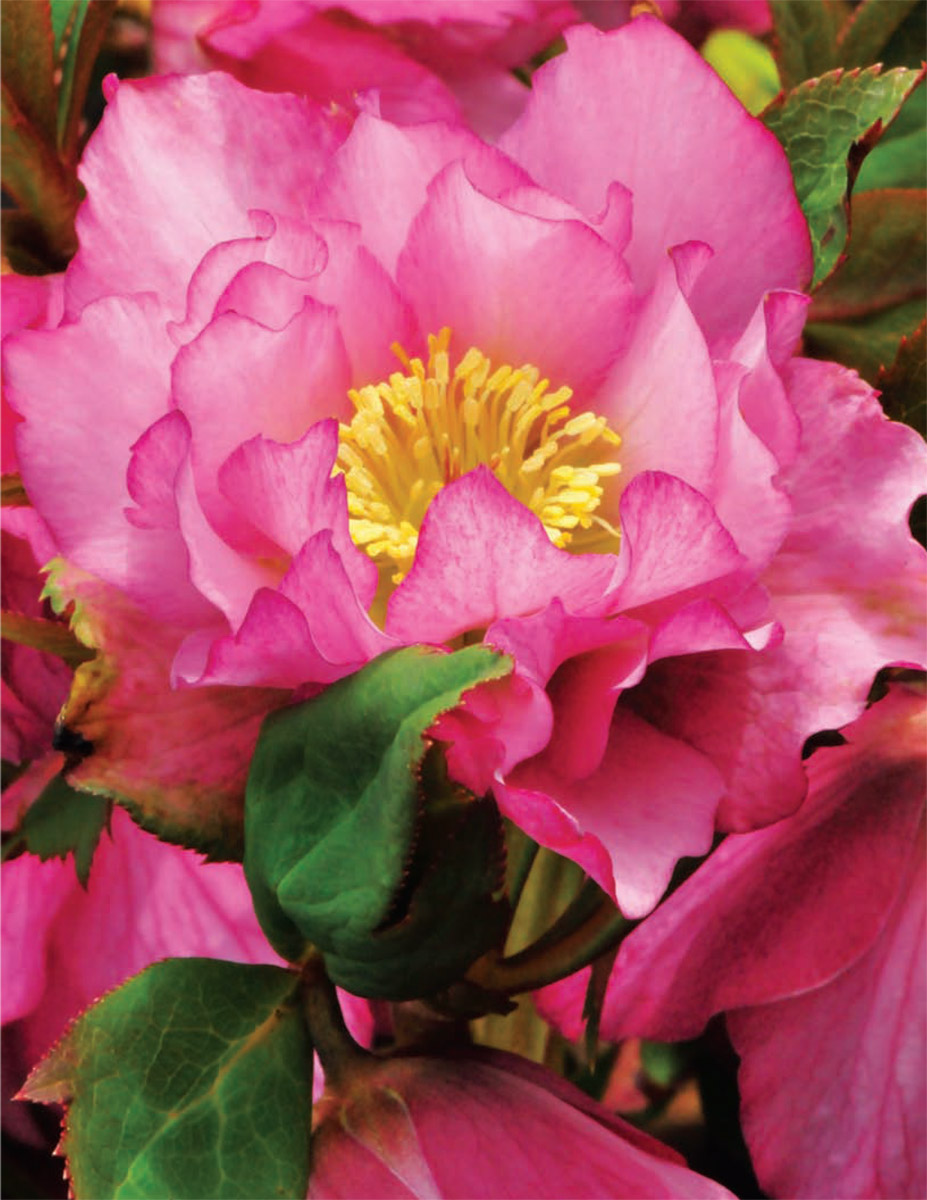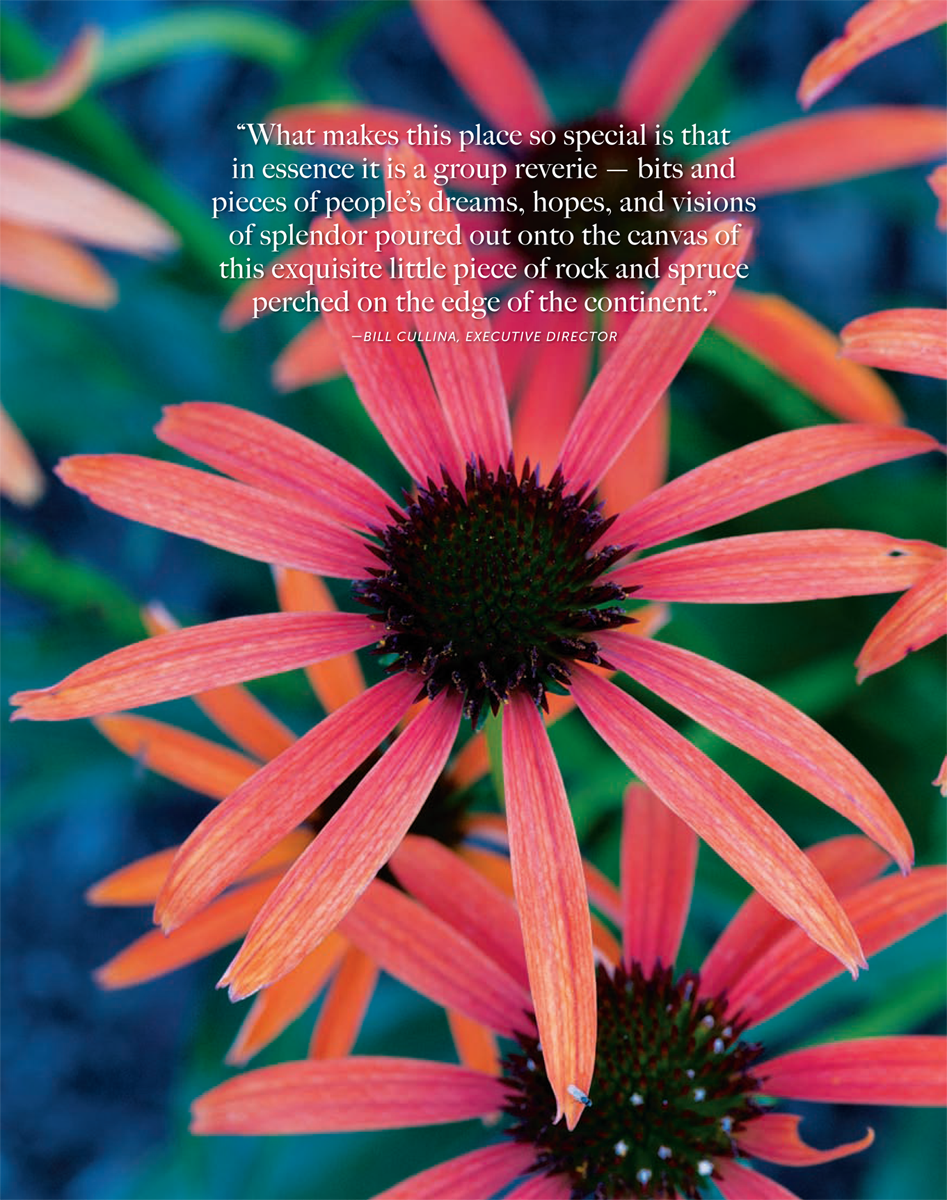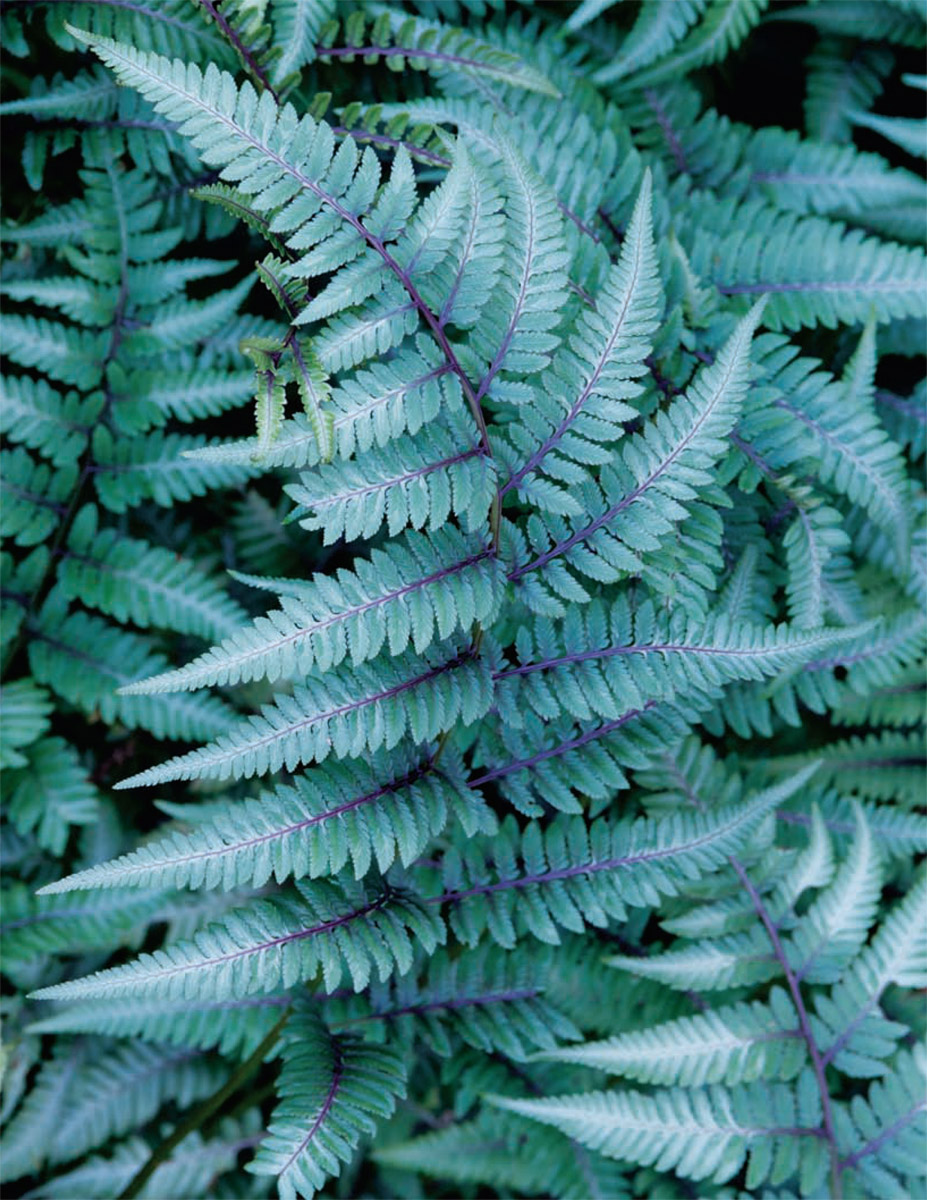Acknowledgements
The history of a peoples garden is best told through the voices of all the people who have made the dream of Coastal Maine Botanical Gardens a magnificent reality. Although it is impossible to list all the volunteers, staff, and advisors who made this place possible, we especially thank the following friends who took time to be interviewed. We especially thank Susan Simeone, who led the interview process for this book. In addition to providing us a complete and detailed history for this work, we also have pages and pages of quotes, anecdotes, and wonderful stories for our permanent historical archive. We are truly grateful to:
| Barbara Alfond | Cynthia Hosmer | Sharmon Provan |
| Karen Bartholomew | Claire Hunt, Ph.D. | Robbie Roberts |
| Ed & Marie Bosarge | Pat Jeremiah | Martha Robes |
| Bob Boyd | Shery Kerr | Susan Russell |
| Ginger Carr | Dan & Lyn Lerner | Nat & Betsy Saltonstall |
| John & Sarah Giles | Bruce McElroy | Pat Shubert |
| Rollie Hale | Mollie & Wells Moore | Larry Townley |
| Jean Hamilton | Helen Norton | Dick Zieg |
| Dan & Susan Haney | Donna Phinney |
We want to thank Bob Mitchell, Lynn Karlin, and the other photographers whose work has told our story in pictures even more completely than we can do in words. Special thanks also go to key staff members of the Gardens who provided documentation, text preparation, and fact-checking: Courtney Locke and Jen McKane. We thank the staff at Down East Books. Special thanks go to Dale W. Kuhnert for his editorial guidance and passion for the Gardens. We thank the Coastal Maine Botanical Gardens Board of Directors and the Board of Overseers for their support of this effort to memorialize the history of the Gardens. In particular, we acknowledge the leadership counsel of Board President Susan Reid Russell in bringing this project from concept to completion.
Most of all we want to acknowledge our volunteers, donors, members, and all others who believed in us: THANK YOU! We could not have done it without you.
Bill Cullina
Dorothy E. Freeman, Ph.D.
Barbara Hill Freeman
Whats Next?
WE HAVE COME SO FAR IN SUCH A SHORT AMOUNT OF TIME, SO IT IS NATURAL TO ask what the future holds for Coastal Maine Botanical Gardens. No one has a crystal ball and predictions are always a tad risky, but looking at all that has been accomplished in the last twenty years and at the continually growing strengths of the organization, the future looks very bright indeed.
We want to build on the Gardens three core focus areas: horticultural innovation, educational excellence, and thoughtful, applied research. We want to continue to be regarded as a progressive, twenty-first-century botanical garden, embracing technology but not being heartily seduced by it, building on horticultural traditions without being inordinately constrained by them, and most of all celebrating this unique, enigmatic, and truly charismatic place called Maine.
In the next few years, we plan to begin construction of a very different type of garden we are calling the Wild Woodlands of Maine. Sprawling over perhaps twenty-five acres of our property and showcasing seven of our most distinctive and interesting plant communities such as blueberry barrens, bogs, and boreal forests, this will not be a garden in the traditional sense but rather an edited, refined, but still wild slice of coastal Maine. Walking trails and accessible paths will take visitors on an educational journey that will highlight the plants, geology, hydrology, and microclimates that make this place so special.
The metaphor of the journey is an important one to mention, because as I analyze what it is that makes our gardens so popular with visitors, it is this sense of exploration, a layered experience of surprises and discovery around every bend, that seems to play the largest part. We hope to develop more gardens to delight and educate explorers of all ages and physical abilities. Possibilities include a stream garden that uses flowing water as its organizing principle and takes guests over bridges, under waterfalls, and through dense plantings as they follow the meandering course of the water. We also hope to create further connection with our most prominent water featurethe Atlantic Ocean. Whether by dock, boat, or other means, we want to feature both the natural and cultural history of the sea and shore.
Currently lacking from Coastal Maine Botanical Gardens is a true woodland or shade garden. The woodland understory is the first to come alive with color in spring and the leafy overstory provides a cooling respite on those occasional sultry summer days. We envision a garden that weaves through clefts in moss-covered ledge under the shelter of towering evergreens and delights visitors with myriad flowers and leaf forms while offering cool, quiet places to sit and contemplate.
The journeys many of our favorite garden plants have taken to find their ways here are stories in themselves. While we love and acclaim our local plants, we also recognize our human desire for novelty, color, and rarity. Accordingly, we have designed the majority of our most intensively cultivated areas to include rare treasures from the Orient as well from other parts of North Americabut we can do more.
In this time of climatic flux and burgeoning human population, many of the plants we are familiar with may become unsuitable for our conditions while at the same time disappearing from the wild. It is our hope to establish a center for plant genomic research and breeding, sending staff on journeys to far-flung places in North America and beyond in search of special plants living at the very limits of their natural range. Such individual species possess genes for greater cold or heat tolerance and the ability to withstand more drought or flood, and in general are better adapted to a changing world. We want to find these plants before they are gone and work with them to introduce superior new seedlings for northern gardens while bringing attention to their often precarious situation in the wild.
Plants are the foundation of the food chain, and almost all living things depend directly or indirectly on them. For their part, plants depend on other living things for their survival, too, and when any link in this chain is lost it has ramifications for many others. Nowhere is this more evident than in the relationship between plants and their pollinators. The first plants relied on the wind to carry their spores or pollen from one flower to the next. Old Man Wind is fickle and unreliable, blowing in any direction and at any speed he pleases, so rather quickly, flowering plants turned to other vectors for their precious pollen. Insects, reptiles, then birds, and finally mammals have all been enlisted by plants to carry pollen between flowers, taking a bit of the excess for their food or stocking up on sugary nectar instead. So cozy has this relationship become that many plants cannot reproduce without the services of a particular species of insect and many insects and even some birds cannot live without the food the flowers provide.


